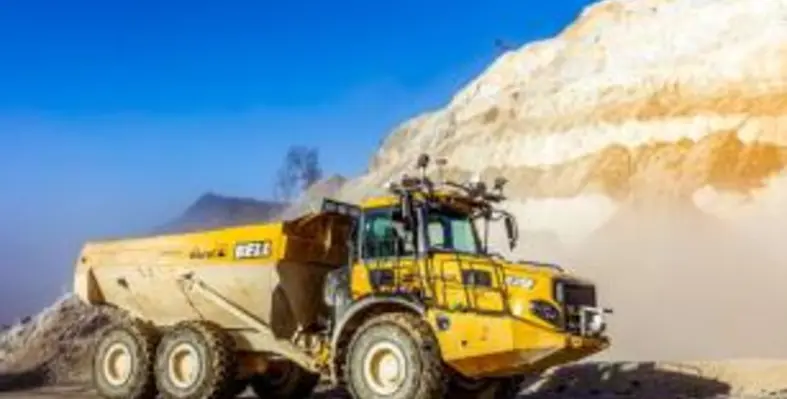The Articulated Dump Trucks (ADT) specialist Bell Equipment has expanded in the fields of autonomous vehicle operation where the company is set to enable interoperability between different control systems and the trucks it produces
An autonomous operation has three elements: machines that can be operated remotely, external sensors that become the eyes and ears of the machine, and sophisticated site control software that manages the operation based on communication with the other two elements. According to Bell Equipment ADT product marketing manager Nick Kyriacos, ?Providing autonomous-ready machines will be a part of our core business in the future but in terms of sensing and guidance systems it makes sense to partner with market leaders and innovators, as we do with drivetrain, hydraulics and electronics technologies in our trucks.?
At the same time, Bell wants to provide a vehicle that can be fitted and controlled with a guidance system from any number of manufacturers with the easiest integration. ?Autonomous applications are industry specific and require surveying and guidance by an industry expert. We want our customers to be able to choose a guidance solution that they are most comfortable with and that can be fitted to all the machines in the work cycle. Keeping the guidance system independent of the OEM gives customers the flexibility to run a mixed fleet and benefit from the efficiency and productivity that provides,? said Nick.
?This would be useful for mining contractors, for example. Once their ADTs have finished a contract on an autonomous site, the sensory and control system could easily be removed and the truck either fitted with a new system for another site or be used in a manual operation.?
As economies of scale and technology become more affordable and reliable in the future, Bell expects to see smaller and smaller sites embracing autonomous operations. ?Support vehicles, such as service vehicles and water bowsers, may also form part of autonomous operations. This would make it even more important that every machine on site, regardless of the OEM, is able to use and respond to the same software. We envisage that there could also be sites where the main earthmoving operations are fully autonomous, but support vehicles that perform a wide variety of functions are remotely operated from a central area. This would allow the site to have no people whatsoever which improves safety.?
The road to an autonomous ready platform
Achieving an autonomous ready platform was a natural progression from the Bell Mark 3 ADT upgrade at the end of 2019 when trucks were made ready to integrate with pedestrian detection systems (PDS) and collision avoidance systems (CAS).
Bell first demonstrated that cost-effective remote control is achievable with the right building blocks when it successfully operated a B45E with a video game controller. Since early 2020 the company has been working with indurad and voestalpine on a lime quarry site in the Alps where the industrial radar specialist has fitted its iTruck autonomous haulage system (AHS) on Bell B30E ADTs with excellent results. ?Autonomous control in this application is advancing all the time as technology pushes the boundaries and improves the efficiency of the operation. The project is ongoing, and we are now growing our number of collaborations both locally and abroad.
In most cases anautonomousoperationwill also need the end customer to set up their site to work differently; there may be special traffic control measures, berms or even different roads needed. At this point in timeBellhas anautonomousready solution available for customers that are interested in doing proof of concept work in their application.





